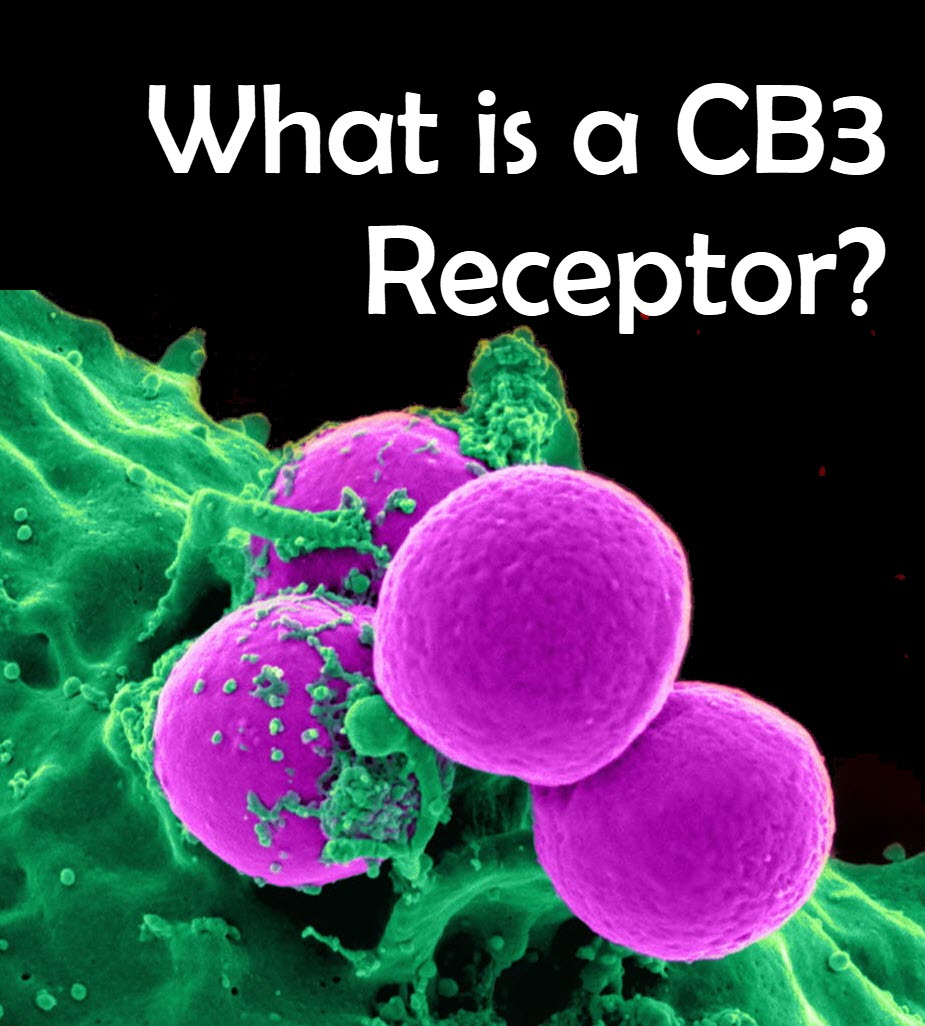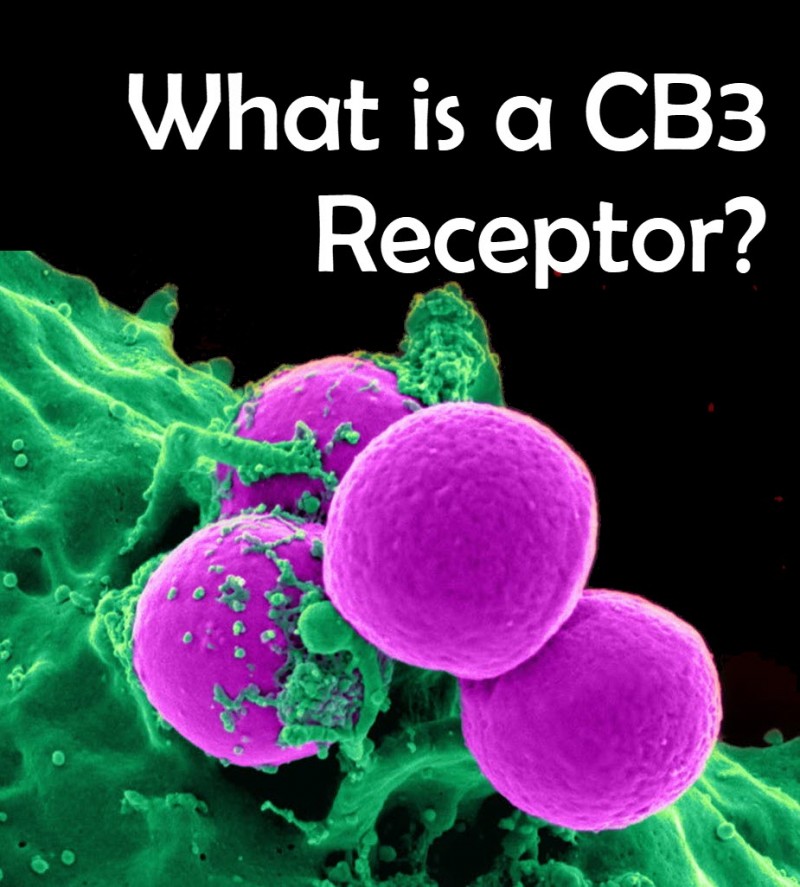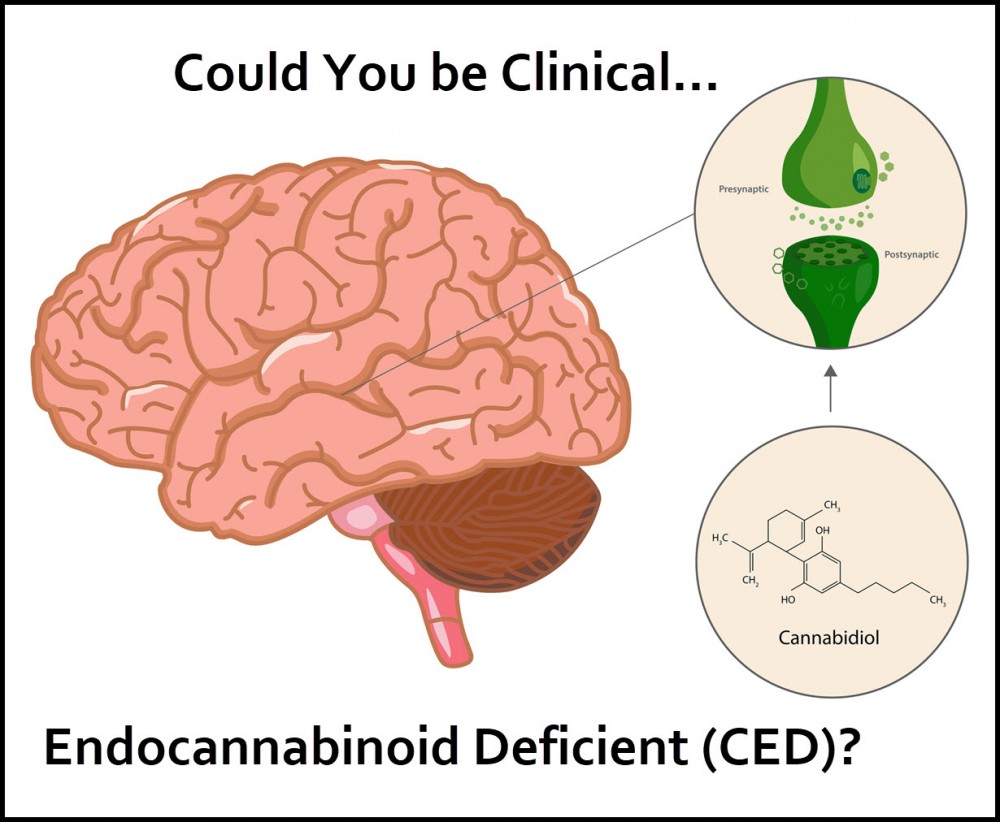CB3 Receptor: The New Receptor on The Block

When the endocannabinoid system was discovered, it turned over a whole new page for scientists. The human anatomy could be studied as never before. Since the first cannabinoid was isolated and the CB1 and CB2 receptors were introduced, interest in bringing the benefits of the cannabis plant to the human body, never stopped. We know now that every living mammal has an endocannabinoid system, and that CB1 and CB2 receptors are found all over the body. We also know that these receptors are biochemical receptors that receive chemical receptors that receive chemical signals from a source external to their molecule. Many of these signals remain dormant until cannabinoids from the cannabis plant interact with the receptors.
Because of this phenomenal discovery, science and researchers have deepened their understanding of how the body manages and regulates itself. Understanding the endocannabinoid system, opened promising treatment for all sorts of conditions from cancer to auto-immune disorders. Mental issues like depression also can be looked at in a whole new manner.
CB1 and CB2 Receptors are the Big Players in the Game
There are two receptors in the endocannabinoid receptor that do not need a lot of introduction. The CB1 and CB2 receptors are the molecules where real change happens. They are biochemical receptors, protein molecules that receive chemical signals from outside the cell. If you would simplify it, it could be explained as the little dot on your TV where you point your remote control at to switch it on or off. The receptors won´t work until it receives external signals. The moment the signal is received, it plummets into action.
For quite a while these two receptors were acknowledged as the only receptors available. But it seems there is a new player out there. The scientists are waiting in aspiration to discover more because a third cannabinoid receptor could open an entirely new world of healing possibilities. A new molecule is identified with the name of GPR55. This molecule was already discovered in 1999 in various parts of the brain. It is found in the hippocampus, thalamus, cerebellum, and more. Recently, researchers found that the molecule GPR55 is also present in other parts of the body. They also saw it in the spleen, gastrointestinal tract, and the adrenal glands. It is possible that GPR55 soon could be named the CB3 receptor.
Could GPR55 be CB3 Receptor?
Why is it important to identify a new CB receptor? Does it not mean that discovering a new cannabinoid receptor not tell us that we still do not know much about the endocannabinoid system? The CB1 and CB2 receptors show many similar characteristics, but GPR55 has very little in common with the other two receptors. The GPR55 molecule shares less than 15 % of its amino acid identity with either one of them.
This is an amazing discovery as this would mean that this molecule found in the brain and other parts of the body operates in a new and different way thought possible. It could mean that some functions of some parts of our bodies could respond differently to certain signals in ways we never understood before.
There is a great opportunity here to understand the diverse behavior of CBD oil with regards to the health benefits it renders. Often a health benefit is recognized, but there was difficulty in explaining exactly how it happened. Maybe by understanding that there is a CB3 receptor at play, it could unlock mechanisms in how medical marijuana works. This could help scientists develop more effective ways to treat diseases of all kinds. But apart from that, it could also teach us more about how our bodies work and how to fight off disease.
How Would the Three Receptors Function Together?
Cannabis has anti-inflammatory properties that dilate blood vessels. It replaces vascular inflammatory agents that can treat migraines and neurological diseases and the like. As it is, it is difficult to understand how the endocannabinoid system interacts with all the different aliments introduced to it. In certain cases, various phytocannabinoids are needed to open different dilative, but also constrictive locks within the ECS. Specific locks open opposing keys. The CB1 receptor works separately but also in contrast to the lesser-known CB3 receptor. Both functions within the central nervous system. The CB2 receptors interact with the GPR55 molecule in the periphery like two gears.
There are layers of counterintuitive properties within the effects of cannabis and the endocannabinoid system. All across the body, there are many crossroads and many transmitters. The job of the receptors is to regulate the traffic. Sometimes traffic has to be sped up, and this is where the GPR55 molecule comes in.
CBD, CB2 Receptor and a sensory relationship with GPR55 Molecule
When GPR55 acts as an antagonist, CBD can counter THC inflammation safely. This blocks the side effects of THC. CBD inhibits transmitters that send signals through nerves via GPR55 antagonism that promotes many therapeutic responses. This effect is also an almost identical reflection of CB1 receptor antagonists. The complexity of all this makes it just more urgent to understand and identify the role of the GPR55 molecule or CB3 receptor.
ENDOCANNABINOID SYSTEM INFO, READ MORE...
THE COMPLETE GUIDE TO THE ENDOCANNABINOID SYSTEM








